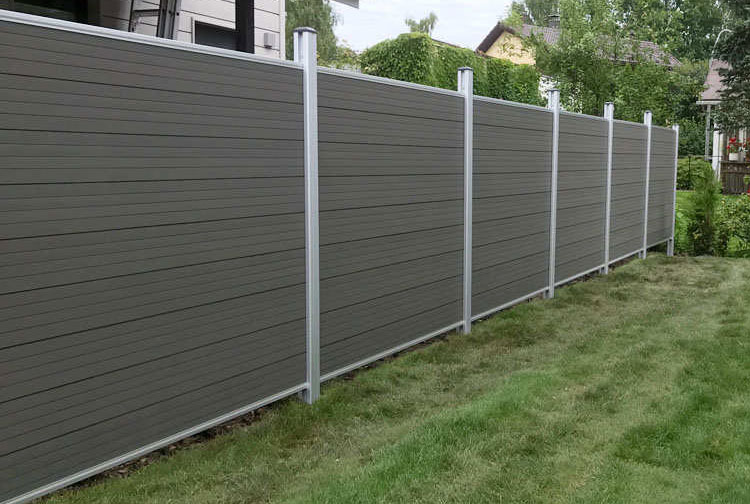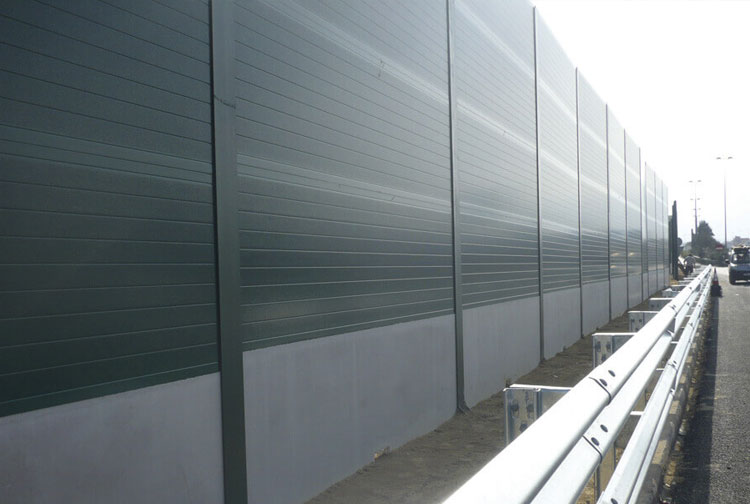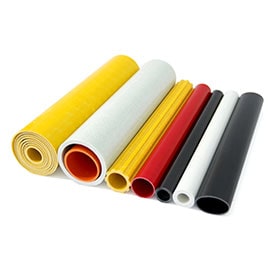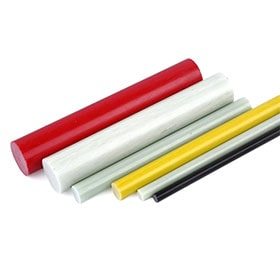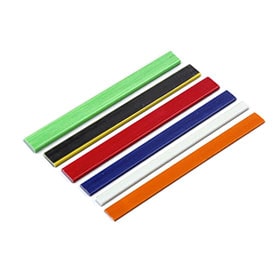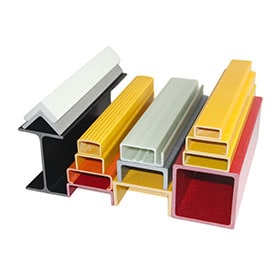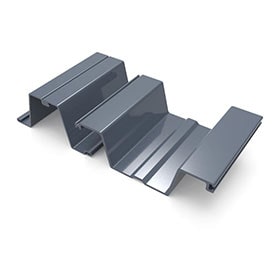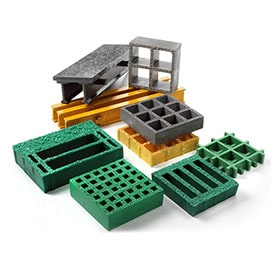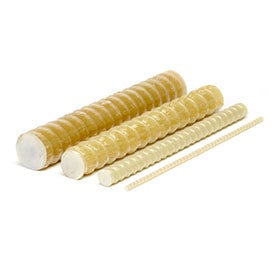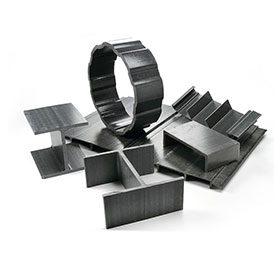In today’s environmentally conscious construction landscape, materials that combine strength, sustainability, and longevity are in high demand. FRP composite fence panels, short for Fiberglass Reinforced Plastic panels, have emerged as a superior alternative to traditional wood, metal, and PVC fencing systems.
What Are FRP Composite Fence Panels?
FRP composite fence panels are made from a polymer matrix reinforced with fiberglass. This combination results in a high-strength, lightweight, and corrosion-resistant material suitable for various fencing applications. These panels offer structural durability and visual appeal, making them ideal for residential, commercial, and industrial environments.
Why FRP Fence Panels Are Eco-Friendly
FRP panels are considered environmentally friendly for several reasons:
- Recyclable Materials: Many FRP panels are made with recyclable resins and glass fibers, reducing the environmental footprint.
- Long Lifespan: Their durability means fewer replacements and less waste over time compared to wood or metal.
- Low Maintenance: No need for chemical treatments, paints, or solvents, which reduces pollution and maintenance-related emissions.
- Energy Efficient Production: Manufacturing processes have become more energy-efficient and use less water and raw materials than traditional fencing.
Comparison: FRP Fence Panels vs Traditional Fencing
| Feature | FRP Composite Fence Panels | Wood | Metal | PVC |
|---|---|---|---|---|
| Environmental Impact | Low | High (deforestation) | Medium (rust treatment) | High (plastic waste) |
| Durability | 25–50 years | 5–15 years | 10–20 years | 10–15 years |
| Maintenance | Minimal | High | Medium | Low |
| Corrosion/Rot Resistance | Excellent | Poor | Fair | Good |
| Recyclability | Yes (with composite recyclers) | No | Limited | Limited |
Use Cases and Industries Benefiting from FRP Fence Panels
- Residential: Backyards, gardens, and privacy screens
- Commercial: Retail spaces, parking lots, business parks
- Industrial: Chemical plants, wastewater facilities, oil & gas compounds
- Transportation: Railway fencing, airport perimeters
- Utilities: Power substations, renewable energy plants
Advantages That Builders Appreciate
Modern builders increasingly prefer FRP fence panels because they offer the following advantages:
- Ease of Installation: Lightweight panels reduce labor costs and time.
- Consistency: No warping, splitting, or rotting like wood.
- Safety: Non-conductive and fire-resistant options are available.
- Customization: Panels come in various colors, textures, and sizes.
- Compliance: Meet environmental and safety regulations in many countries.
Frequently Asked Questions (FAQ)
- Q1: Are FRP fence panels more expensive?
- A: The initial cost may be higher than wood or PVC, but the long-term savings on maintenance and replacement make them more economical.
- Q2: Can FRP panels be painted?
- A: Yes, although they are available in a range of colors, they can also be surface-finished as needed.
- Q3: Are FRP fence panels safe for high-voltage environments?
- A: Yes, their non-conductive nature makes them ideal for electrical substations and similar facilities.
Conclusion
FRP composite fence panels represent the future of sustainable construction. Builders around the world are choosing FRP for its unmatched combination of durability, low environmental impact, and functional versatility. Whether you're working on a residential upgrade or a large-scale industrial project, FRP fencing offers a smart, eco-conscious alternative to outdated materials.
Looking for a reliable FRP fence panel supplier? Contact us today to get expert advice and a custom quote for your next eco-friendly fencing project.
 +86 15303735673
+86 15303735673 Jessica@frpzs.com
Jessica@frpzs.com
 Technical Data
Technical Data


